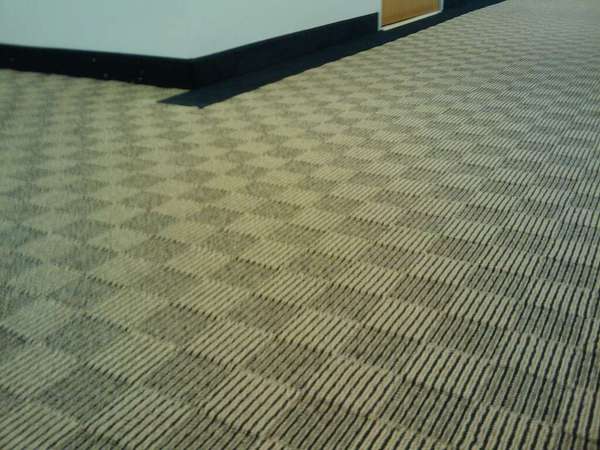Fury after Facebook messes up smartphone users’ address books:
Remember how Facebook sneakily changed your default email address to @facebook.com? … Some smartphone users…are reporting that their on-phone address books have been silently updated to make @facebook.com email addresses the default way to send a message to their contacts.
The lesson: Whenever you change something, always consider the impact on things that depend on it.
This reminds me of the ill-fated Network Solutions attempt to replace failed DNS lookups with responses directing web browsers to search pages, not considering that web browsers aren’t the only software that uses DNS, or that some of that software might depend on accurate “this domain does not exist” info.
Originally posted on Google+
